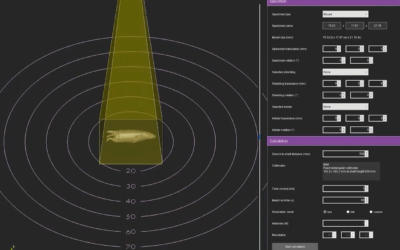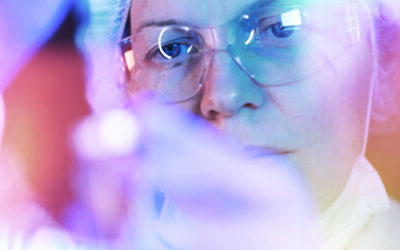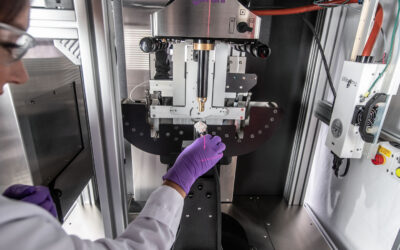Binding of the apolipoprotein E (ApoE)-containing lipoprotein complex to the low-density lipoprotein receptor (LDLR) is essential for cholesterol and lipid homeostasis. Inherited abnormalities in ApoE or LDLR function result in early onset cardiovascular disease and death, and lipid-lowering therapeutics, e.g statins or PCSK9 inhibitors are ineffective in the absence of LDLR or ApoE function. Liver transplantation corrects these metabolic disorders as hepatocytes are central to lipid homeostasis. Hepatic cell transplantation is a potential alternative to liver transplantation for many inherited liver-based disorders. However, physiological levels of hepatocyte engraftment and repopulation requires a competitive proliferative advantage of transplanted cells over host hepatocytes, as we have demonstrated previously by preparative open hepatic irradiation (HIR) of the recipient liver and expression of hepatic growth factor via an adenoviral vector (AdenoHGF).
In their study “Radiation-primed hepatocyte transplantation in murine monogeneic dyslipidemia normalizes cholesterol and prevents atherosclerosis” Barahman M1, Zhang W, Yaffe Harris H, Aiyer A, Kabarriti R, Kinkhabwala M, Roy-Chowdhury N, Beck AP, Scanlan TS, Roy-Chowdhury J, Asp P, Guha C report on a well-tolerated regimen of image guided conformal external-beam hepatic irradiation method, using the Xstrahl SARRP, targeting the median and right lobes that enhance cell transplant engraftment and repopulation of the liver in ApoE-deficient mice when combined with administration of the hepatic mitogen GC-1, a thyroid hormone receptor-β agonist mimetic.
It concluded that significant hepatic repopulation and the cure of dyslipidemia in this model using a novel and well-tolerated preparative regimen suggest a clinical potential for the application of this method in the treatment of inherited metabolic diseases of the liver. Lay Summary Hepatocyte transplantation is a promising alternative to liver transplantation for the treatment of liver diseases but is inefficient as growth of transplanted cells in the liver is restricted, limiting therapeutic benefits. Preparative treatments improve the efficiency of this procedure but so far, no clinically-feasible options are available. In this study we develop a novel well-tolerated preparative treatment to improve growth of cells in the liver and then demonstrate that this treatment completely cures an inherited lipid disorder in a mouse model.
This Xstrahl In Action was adapted from a article found on a National Library of Medicine website.






